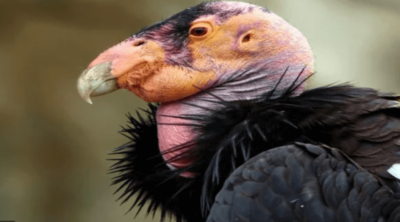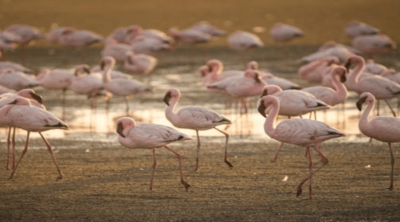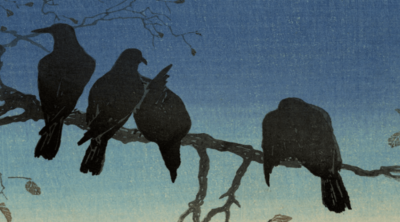
If you want to know about cockatiel life span, and ensure that he leads a healthy life, read the article below.
Animals are such agreeable friends – they ask no questions, they pass no criticisms. ― George Eliot
There are a number of ways you can ensure that the life span of a cockatiel is long and healthy. They are also called ‘tiels’, and are a species of curiously beautiful birds, native to the arid regions of Australia, and are adorably amusing pets. Their scientific name is Nymphicus hollandicus. The name comes from a name that Johann Wagler had given to cockatoos after being astounded by their beauty and comparing it to that of the nymphs. Their species name Hollandicus comes from where they were found. Australia was called Nova Hollandia (New Holland) in the 17th century after being named by the Dutch seafarer Abel Tasman, and the name remained unchanged for at least 180 years. The Aboriginal name is Quarrion, which is still being used in New South Wales, Western Australia. Having this cute bird chirruping and screeching in your little home can be very nice indeed. A house begins to feel like a home when you have pets, and these species make very good ones indeed.
Life Expectancy
Their life expectancy during captivity has been found out to be up to 15 years, and even well up to 20 years. There has been a case where it was found to live up to 36 years. The life span is mainly based upon its well-being – physical and emotional. Cockatiels aren’t the ones who’d live the life of a hermit – they like company. So it is best if you introduce it to another bird of the same kind. Two males get along well too.
Sexual Dimorphism
One cannot quite differentiate between a male and a female species, until they have their first molt when they’re about six to nine months of age.
| Male | Female |
| Has a brighter yellow face | Has a more gray face with only traces of yellow |
| Body is a darker gray | Body appears almost brownish |
| Tends to whistle a lot and are more vociferous with their calling | Is mostly quiet, but tends to hiss or screech |
| Has darker cheek patches that are of an endearing pinkish-orange tinge | Has spots or color pattern under their tail-feathers |
Sounds
They make many sounds are many. Some can even talk. They have a tendency to scream and screech a lot. Many a time, they do it in order to get attention. They realize that a whistle or a screech is meant for you to go fetch them treats. Be careful if they screech annoyingly, and reward them with food or the like. Reward them if they have quieter tones of whistling or calling; otherwise your entire house will be disturbed with a frantic and spoiled bird, unnervingly screeching for you to fetch him treats.
Behavior
Their behavior is easy to understand by the way their crest stands. If he is excited, his crest is erect. If he is flirting or being alluring, it slants a bit; and if he is being aggressive, it falls flat. They get easily frightened when they’re about to fall asleep by shadows, curtains, and an unexpected intruder in the room in the night. They are capable of breaking a blood feather and bleeding to death if you don’t notice. Sometimes, it is best to keep the cage covered in the night to prevent him from getting a fright in the middle of the night when you’re sleeping and, possibly, aren’t there to notice. Understanding and being responsive to his personality ensures his feeling of being secure with you, and certainly would aid in the quality life.
Increasing life span – Food and Hygiene
The diet is an important factor. They love seeds and aren’t voracious eaters of course. A mixture in the diet, such as introducing fruits and vegetables is good for his health, as he gets other nutrients that old seeds lose. Making sure that the fruits and veggies are washed, is important. It is best to feed in small amounts, and shred the fruits and vegetables. The veggies that you can feed are sprouts, spinach, turnip greens, Swiss chard, mustard greens, broccoli, escarole, chicory, tomatoes, beet greens, bok choy, grated carrots, collard greens, corn on the cob, endive, and kale. If you want to feed him with yams, pumpkin, or sweet potato, make sure that they are cooked. Mangoes, cantaloupe, apricots, nectarines, papayas, peaches, apples, bananas, grapes, and oranges are good fruits to feed your pet. Avoid feeding the seeds of fruits, as they may contain traces of cynaide, which is very poisonous. If your pet refuses to eat, it can be due to change of environment, or perhaps, because he doesn’t like the food that you’re giving him, the temperature in the room, or if his partner dies. Make sure his water is always clean, or you’ll run a risk of him falling ill. Keep cleaning his cage in order to ensure that he remains healthy. Cockatiel life span can be increased if you give him proper exercise by letting him out of his cage in safe surroundings. They do love an active life. You most certainly don’t want a sullen and morose little creature.
These are the very basics you need to keep in mind whilst raising your cockatiel and to increase his life span. As pets, they are lovely and fair-feathered friends.


